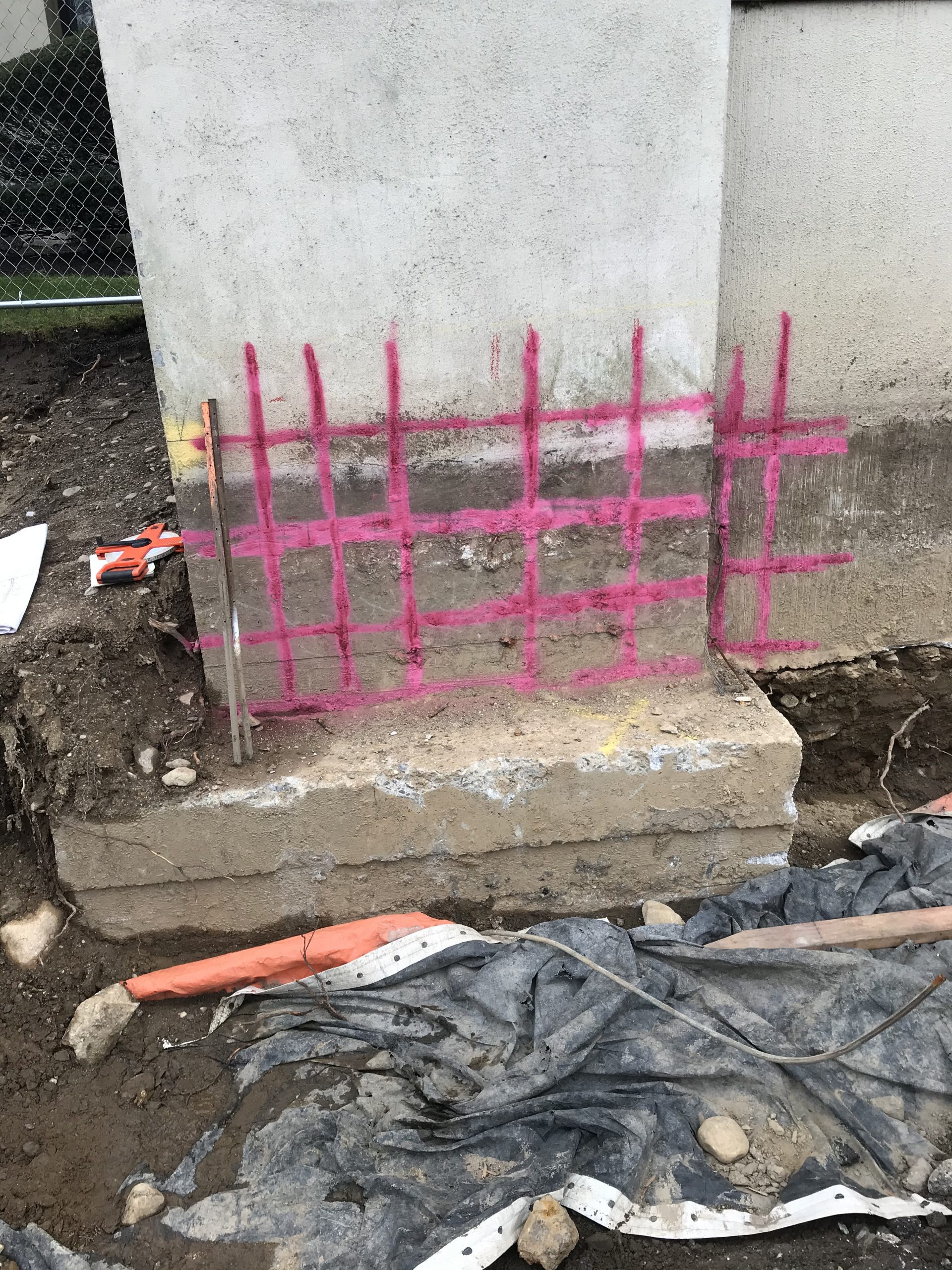RainierGPR Service Areas: Trusted Concrete Scanning Providers in Several Areas
RainierGPR Service Areas: Trusted Concrete Scanning Providers in Several Areas
Blog Article
Concrete Scanning: An Important Action In The Direction Of Making Sure Architectural Integrity and Safety
In the realm of building and framework upkeep, the relevance of concrete scanning can not be overstated. This thorough process holds the crucial to introducing possible risks hidden under the surface of apparently strong frameworks. By employing advanced modern technology and methodologies, concrete scanning functions as a crucial device in making sure that the stability and security of buildings and bridges are upheld to the greatest requirements. Nonetheless, past its surface-level implications, the function of concrete scanning prolongs far deeper than meets the eye.
Value of Concrete Scanning
Concrete scanning plays an important role in making certain the structural honesty and safety of buildings and framework jobs. By utilizing advanced technologies such as ground-penetrating radar (GPR) and electromagnetic induction, experts can non-destructively check concrete frameworks to detect prospective flaws, voids, embedded items, and support format. This procedure enables early detection of abnormalities that might compromise the stability of a structure, avoiding expensive problems and making sure the security of residents.
Before exploration, cutting, or coring into concrete, scanning aids recognize the exact locations of rebar, post-tension wires, and various other embedded elements, lowering the risk of unexpected hits that could lead to structural weaknesses. Additionally, concrete scanning help in quality control by validating the density of concrete covers and identifying any type of discrepancies that might affect the overall durability of the framework.
Modern Technology for Concrete Assessment

Benefits of Early Discovery
Timely detection of structural issues can considerably mitigate dangers and ensure the long life of building tasks. By recognizing possible issues early in the building procedure, stakeholders can take aggressive steps to address problems prior to they rise right into bigger and extra expensive issues. Among the vital benefits of very early detection is the prevention of structural failings, which can present severe safety hazards and result in project hold-ups and financial losses.
In addition, early discovery permits for timely repair work and upkeep, which can aid expand the life expectancy of the structure. By dealing with issues quickly, building teams can stay clear of costly repairs or even the demand for premature substitute of architectural components. This proactive technique not just conserves money and time yet also improves the total security and longevity of the building and construction job.
Furthermore, very early discovery can improve job planning and decision-making by supplying stakeholders with valuable understandings right into the condition of the structure. Equipped with this information, task managers can make informed options concerning construction timelines, products, and methods, leading to a lot more reliable and successful task end results.
Making Certain Structural Security
Ensuring the architectural stability of a building and construction project is paramount to its safety and their website durability. Concrete scanning plays an essential function in making certain structural stability by detecting possible problems such as gaps, delamination, or support corrosion that could compromise the integrity of the framework over time.
By making use of advanced scanning modern technologies like ground-penetrating radar (GPR) and electromagnetic induction, building and construction professionals can non-invasively inspect concrete frameworks to recognize locations of issue below the surface area. This aggressive approach enables the very early discovery of weak points or problems, allowing prompt repair work or reinforcement to stop architectural failures.
Normal concrete scanning during different building and construction stages and throughout the life process of a structure can aid preserve its stability, minimize risks, and ensure the safety and security of occupants. By focusing on structural stability with concrete scanning, building projects can enhance their resilience and toughness, eventually contributing to higher safety and longevity.
Avoiding Crucial Failures
To secure against disastrous events, meticulous tracking and proactive maintenance are imperative in averting essential failings within architectural structures. Finding possible issues before they escalate is crucial to avoid architectural failures. Applying regular inspections, such as concrete scanning, can reveal concealed problems like voids, splits, or deterioration that could endanger the integrity of a structure. By using innovative scanning modern technologies like Ground Passing through Radar (GPR) or Concrete X-ray, designers can non-destructively examine the condition of concrete and recognize weak points that call for support or repair service - RainierGPR Service Areas.

Verdict
Finally, concrete scanning plays an essential role in making sure structural integrity and security by using sophisticated technology for early detection of potential problems. This positive method assists protect against vital failings and ensures the stability of frameworks. It is necessary to prioritize concrete assessment as a standard technique to protect the longevity and safety and security of buildings and framework.
Concrete scanning plays a vital role in guaranteeing the structural honesty and safety of buildings and infrastructure jobs. Additionally, concrete scanning help in quality control by verifying the thickness of concrete covers and identifying any disparities next that may affect the total longevity of the structure. Concrete scanning plays an important role in ensuring architectural stability by discovering prospective concerns such as spaces, delamination, or reinforcement corrosion that could compromise the honesty of the structure over time.

In conclusion, concrete scanning plays a critical function in guaranteeing structural integrity and safety by using innovative technology for very early discovery of prospective issues.
Report this page